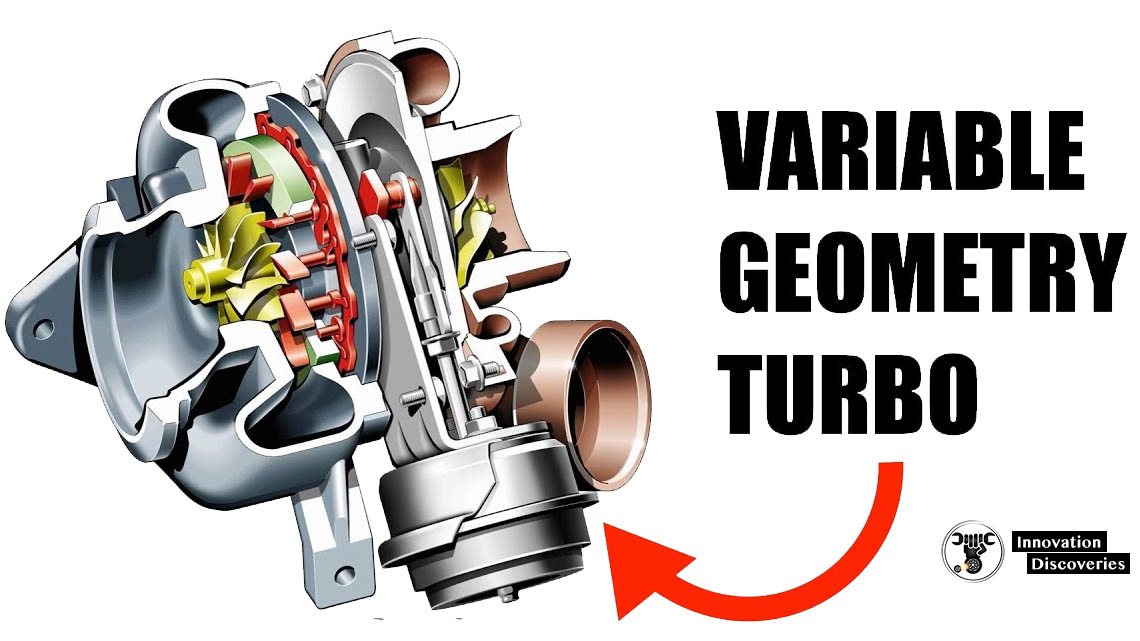What is an intercooler?
An intercooler is an intake air cooling device used commonly on
Turbocharged and supercharged engines.
Also, read:
What does it do?
Intercooler cools the air compressed by the turbo/supercharger
Reducing the temperature and,
Increasing the density of the air supplied to the engine.
Read More:
How does it work?
As the air is compressed by a turbo/supercharger it gets very hot, very quickly.
As its temperature climbs its oxygen content (density) drops,
So, by cooling the air, an intercooler provides a denser,
More oxygen-rich air to the engine thus improving the combustion by
Allowing more fuel to be burned.
It also increases reliability as it provides a more consistent temperature of
Intake air to the engine which allows the air-fuel ratio of the engine to
Remain at a safe level.
Also, read:
There are two types of intercoolers;
Air-to-Air and Air-to-Water.
An Air-to-Air intercooler extracts heat from the compressed air by passing it through its network of tubes with cooling fins. As the compressed air is pushed through the intercooler it transfers the heat to the tubes and, in turn to the cooling fins.
The cool air from outside,
Traveling at speed absorbs the heat from the cooling fins reducing the temperature of the compressed air. These system’s advantages are simplicity, lower cost and less weight. This also makes it by far the most common form of intercooling.
The downsides can be a longer intake length,
Due to having to get the intercooler to the front of the car and,
Also, more variation in temperature than air to water.
Also, read:
- Draining and refilling a fully sealed cooling system
- How an engine cooling system works
- WATER COOLING VS AIR COOLING
An Air-to-Water intercooler uses water as a heat transfer agent. In this setup cool water is pumped through the air/water intercooler,
Extracting heat from the compressed air as it passes through.
The heated water is then pumped through another cooling circuit
(Usually a dedicated radiator)
While the cooled compressed air is pushed into the engine.
These intercoolers (also known as heat exchangers) tend to be smaller than their Air-to-Air counterparts making them well suited to difficult installations where space,
Airflow and intake length is an issue. Water is more efficient at heat transfer than air and has more stability
So, it can handle a wider range of temps, but this system requires the added complexity,
Weight and cost of a radiator, a pump, water, and transfer lines.
Common applications for these are industrial machinery,
Marine and custom installs that don’t allow the easy fitment of an air-to-air,
Such as a rear-engined vehicle.
Intercooler placement
The best placement for air to air is at the front of the vehicle. The “front-mount” is considered to be the most effective placement.
When the engine layout,
Or the type of the vehicle do not permit the “front-mount” placement,
An intercooler can be mounted on top of the engine, or even on its side,
But these are not considered as effective as the airflow is not as good and the intercooler can
Suffer from heat soak from the engine when the external airflow drops. These placements will often require additional air ducts or;
Scoops to route the air directly into the intercooler.
The air to water can be mounted anywhere in the engine bay,
As long as it’s radiator is mounted in a position with good airflow,
And or with a Thermo, fan attached to it.




2 Comments